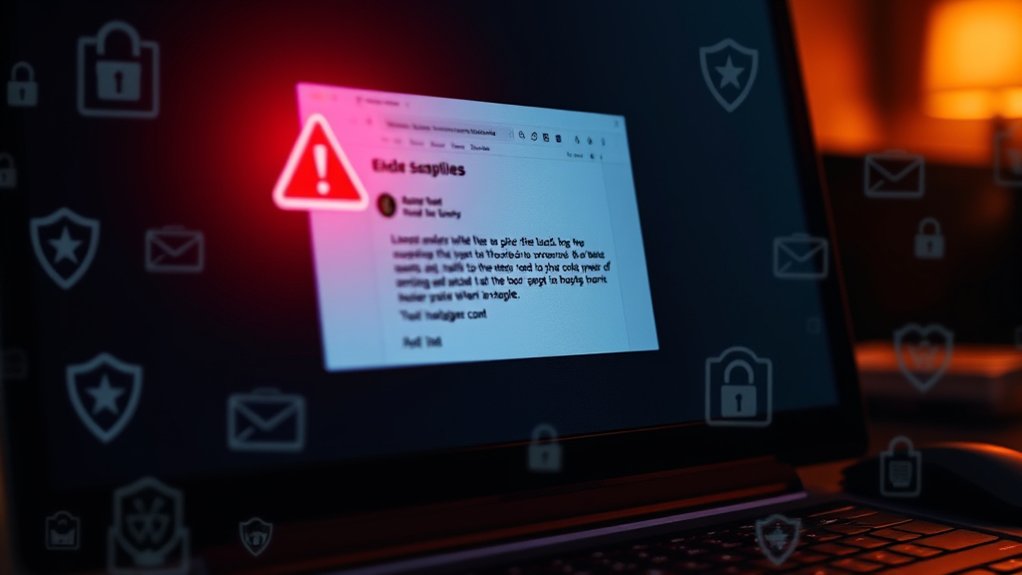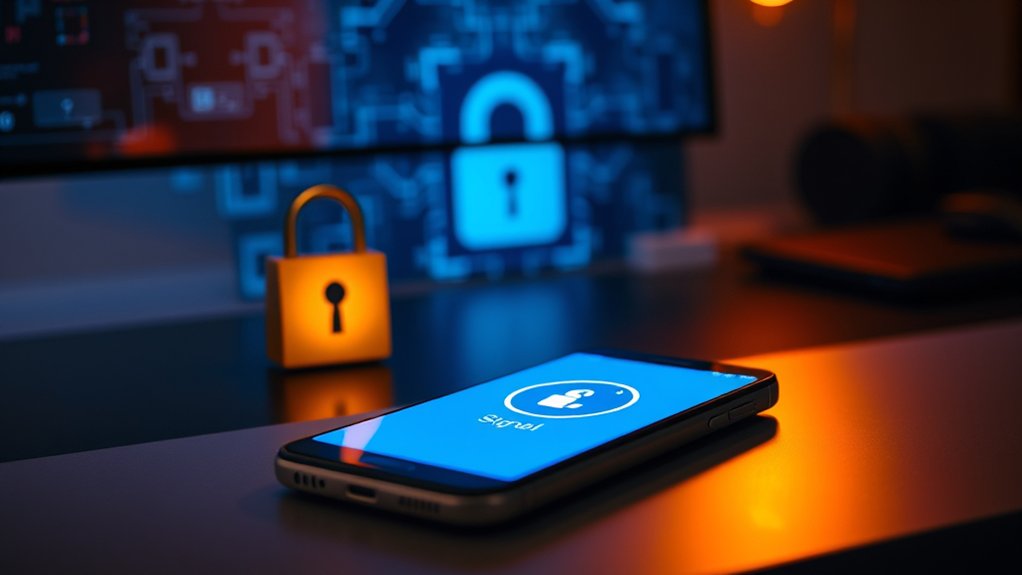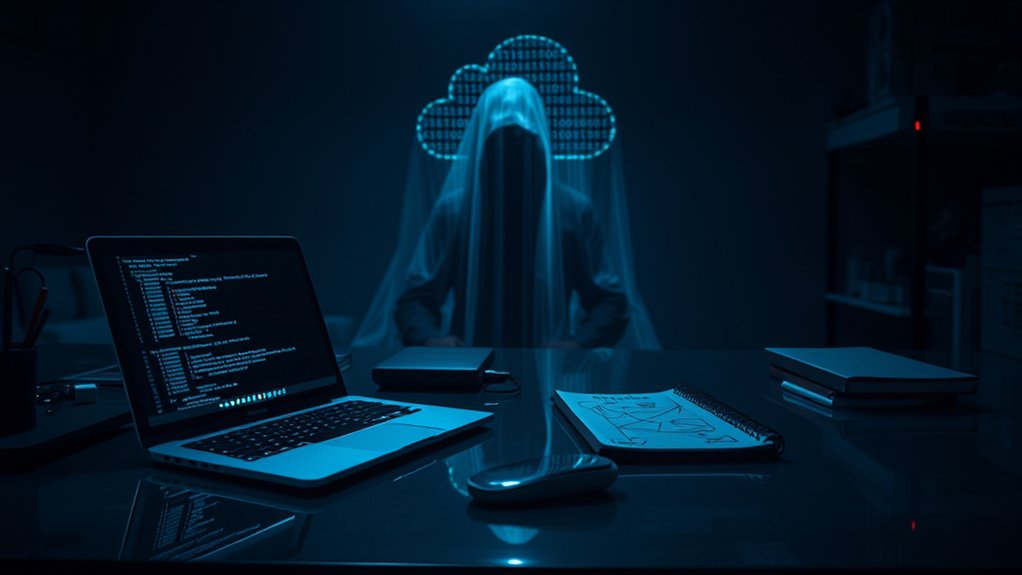Torrenting is a decentralized file-sharing method that employs the BitTorrent protocol for direct peer-to-peer exchanges, eliminating the need for a central server. This process divides files into smaller segments, allowing users to download from multiple sources concurrently. Users, categorized as “seeders” or “leechers,” facilitate this exchange, improving download speeds with more available seeders. In addition to producing efficient sharing options, torrenting carries risks, including legal issues and potential malware. Further examination of this practice reveals its complexities.

Torrenting represents a crucial method for the downloading and uploading of files within a decentralized peer-to-peer (P2P) network, utilizing the BitTorrent protocol. This process allows users to share files directly, bypassing the need for a central server. Torrenting gained notable traction in the 2010s as an efficient means of distributing large files; nonetheless, its popularity waned with the rise of streaming services.
Torrenting is a decentralized method for sharing files, allowing users to efficiently download and upload data directly from one another.
The mechanics of torrenting are rooted in a file-sharing system that divides large files into smaller segments, allowing users to download these parts simultaneously from multiple peers. Torrent files, which contain metadata about the larger files, provide guidance for this downloading process and can be accessed through software known as BitTorrent clients. Secure and private torrenting can be achieved by using a VPN, helping users protect their personal information while sharing files.
Users referred to as “seeders” upload complete files, whereas “leechers” download portions and may as well contribute incomplete files to the network. This creates an environment where download speeds can markedly increase as the number of available seeders rises. Additionally, torrenting can facilitate the efficient distribution of large files, as users can download from multiple sources concurrently.
Despite its advantages, torrenting presents risks, particularly regarding security and legality. Users downloading copyrighted material expose themselves to potential legal repercussions, as torrenting is legal; yet, many activities associated with it can breach copyright laws. Furthermore, public torrent sites may harbor malware, posing threats to users’ devices.
Internet Service Providers (ISPs) have been known to throttle P2P traffic, further complicating the experience for users.
Legitimate uses of torrenting remain prevalent, such as the distribution of open-source software and public domain content, allowing users to share creative works responsibly. As users navigate the complexities of torrenting, employing virtual private networks (VPNs) can improve privacy by masking IP addresses and encrypting data.
This allows users to engage in P2P file sharing with a measure of safety, thereby mitigating some of the risks associated with this file-sharing method. In the end, torrenting combines efficiency with challenges that users must assess carefully.
Frequently Asked Questions
Is Torrenting Legal in My Country?
Determining the legality of torrenting depends on national laws. In countries such as Poland and Spain, personal use of copyrighted content may be tolerated.
Nevertheless, nations like the United States and Australia impose strict regulations against downloading copyrighted materials. Penalties can range from fines to imprisonment for infringing users.
Experts highlight the importance of understanding local copyright laws, as interpretations and enforcement vary greatly across jurisdictions, affecting users’ legal risks.
Can Torrenting Harm My Computer?
Torrenting can potentially harm computers because of the risk of malware infections and viruses.
Cybersecurity experts highlight that torrents often harbor disguised harmful software, which, when executed, can compromise devices. Moreover, outdated torrent clients may be susceptible to exploits.
To mitigate these risks, users are advised to scan files with antivirus programs before opening and confirm their torrent software is regularly updated, protecting against vulnerabilities posed by malicious actors.
What Is a VPN and Why Use It for Torrenting?
A VPN, or Virtual Private Network, serves to secure online activity by encrypting data and masking IP addresses.
This functionality is particularly relevant for torrenting, as it shields users from ISP bandwidth throttling, which can be triggered by detectable file-sharing behavior.
According to cybersecurity experts, employing a VPN can considerably improve users’ privacy, protecting against potential risks from malicious entities within peer-to-peer networks.
This is important during the process of ensuring lawful use of shared content remains confidential.
How to Choose a Safe Torrent File?
Selecting a safe torrent file involves multiple evaluative criteria. Users should prioritize torrents with a high number of seeders, which increases the likelihood of authenticity.
Moreover, an inspection of file types is crucial; legitimate content should not display misleading extensions. Engaging with user comments provides insight into a file’s reliability.
In addition, verified files from reputable sites can offer extra security against malware, reducing the risks associated with torrenting activities.
Do I Need Special Software to Torrent?
To engage in torrenting, specialized software, known as torrent clients, is vital. These applications, such as qBittorrent and uTorrent, allow users to connect to peer-to-peer networks, facilitating efficient file sharing.
The software interprets torrent files, allowing for the simultaneous downloading of file segments. Furthermore, proper client selection is important; reputable options minimize malware risks, optimizing user experience and security in an increasingly complex digital environment.
Consequently, specialized software is fundamental for successful torrenting endeavors.









